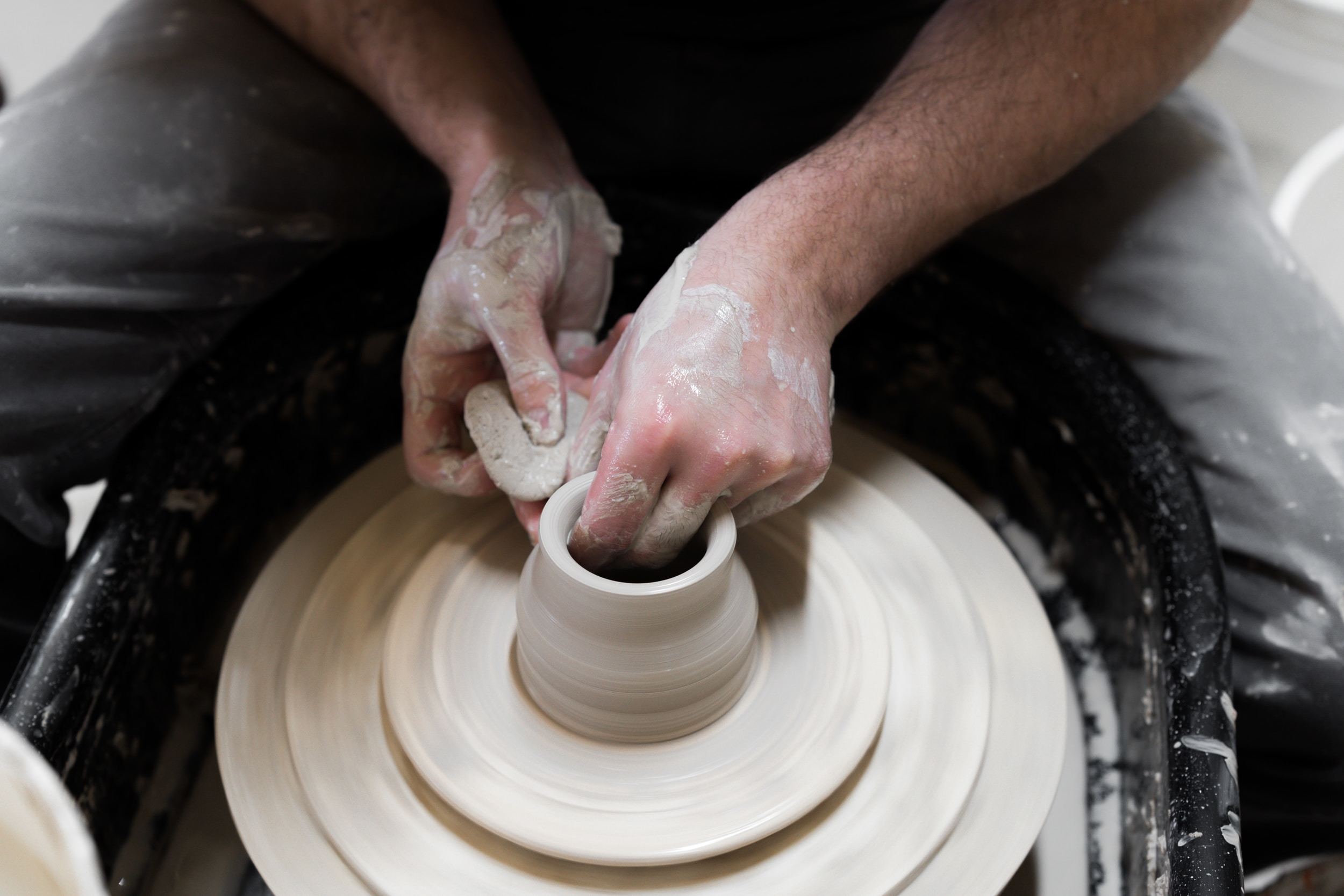Discovering the World of DIY Pottery and Ceramics
Pottery and ceramics are among the oldest forms of art and craftsmanship in the world, dating back thousands of years. The process of molding clay into functional or decorative objects has a timeless appeal, and in recent years, there has been a resurgence of interest in DIY pottery and ceramics. Whether you're a beginner or an experienced artist, working with clay provides a unique opportunity for creativity and self-expression. In this article, we'll delve into the captivating world of DIY pottery and ceramics, exploring techniques, tools, and the joy of creating with your own hands.

The Allure of Pottery and Ceramics
Pottery and ceramics have enduring charm for several compelling reasons:
- Creativity: Working with clay allows you to sculpt, shape, and decorate objects according to your imagination, making each piece one-of-a-kind.
- Therapeutic: The tactile nature of clay work can be meditative and soothing, offering a therapeutic outlet for stress relief and relaxation.
- Functional and Aesthetic: From functional pottery like cups and bowls to decorative sculptures, clay art can be both utilitarian and aesthetically pleasing.
- Connection to Tradition: Engaging in pottery and ceramics connects us to a rich cultural heritage that spans the globe, from ancient civilizations to contemporary artisans.
- Endless Possibilities: The versatility of clay means you can explore various techniques, including hand-building, wheel-throwing, and glazing, allowing for endless possibilities.
Getting Started with DIY Pottery and Ceramics
1. Materials and Tools
Before you start creating pottery, you'll need the following materials and tools:
- Clay: Choose the type of clay that suits your project. Common options include earthenware, stoneware, and porcelain.
- Pottery Wheel: If you plan to use a pottery wheel, invest in one or consider taking classes at a studio that provides access to equipment.
- Hand-Building Tools: For hand-building techniques, gather tools like rolling pins, carving tools, and pottery ribs.
- Kiln: To fire your pottery, you'll need access to a kiln. Many studios offer kiln services, or you can purchase one if you're serious about pottery.
- Glazes: Glazes add color and texture to your pottery. There's a wide range of glaze options, from glossy to matte, and from subtle to vibrant.
2. Learn the Basics
If you're new to pottery, start by learning the fundamental techniques:
- Hand-Building: Create pottery by shaping and molding clay with your hands and tools. Techniques include pinching, coiling, and slab building.
- Wheel-Throwing: Use a pottery wheel to shape and form clay into symmetrical vessels like bowls and cups.
- Glazing: Learn how to apply glazes to your pottery to achieve the desired finish. Experiment with different glazing techniques.
3. Join a Pottery Community
Consider joining a local pottery studio or community center that offers classes and access to kilns. Learning from experienced potters and sharing ideas with fellow enthusiasts can be incredibly rewarding.
4. Practice, Patience, and Perseverance
Pottery is an art that requires practice and patience. Don't be discouraged by early failures; each piece is a learning opportunity.
Pottery and Ceramics Techniques
- Pinching: Start with a small ball of clay and shape it by pinching and forming it with your fingers. This technique is excellent for making small bowls and cups.
- Coiling: Roll out long coils of clay and stack them to create vessels with a coil pattern.
- Slab Building: Flatten clay into slabs and cut them into shapes that you assemble to make boxes, trays, or other forms.
- Wheel-Throwing: Use a pottery wheel to shape and form clay into symmetrical vessels. This technique requires practice to master.
- Glaze Application: Experiment with various glaze application methods, such as dipping, brushing, pouring, or spraying, to achieve different effects.

Conclusion
DIY pottery and ceramics offer a rewarding and creative outlet for self-expression. Whether you're crafting functional pieces for everyday use or exploring abstract forms for artistic expression, working with clay allows you to tap into your inner artist and connect with a rich tradition of craftsmanship. By learning the basics, practicing regularly, and seeking inspiration from the pottery community, you can embark on a journey of exploration and self-discovery through the world of clay. So, roll up your sleeves, get your hands dirty, and let the transformative power of clay art take you on a remarkable artistic journey.